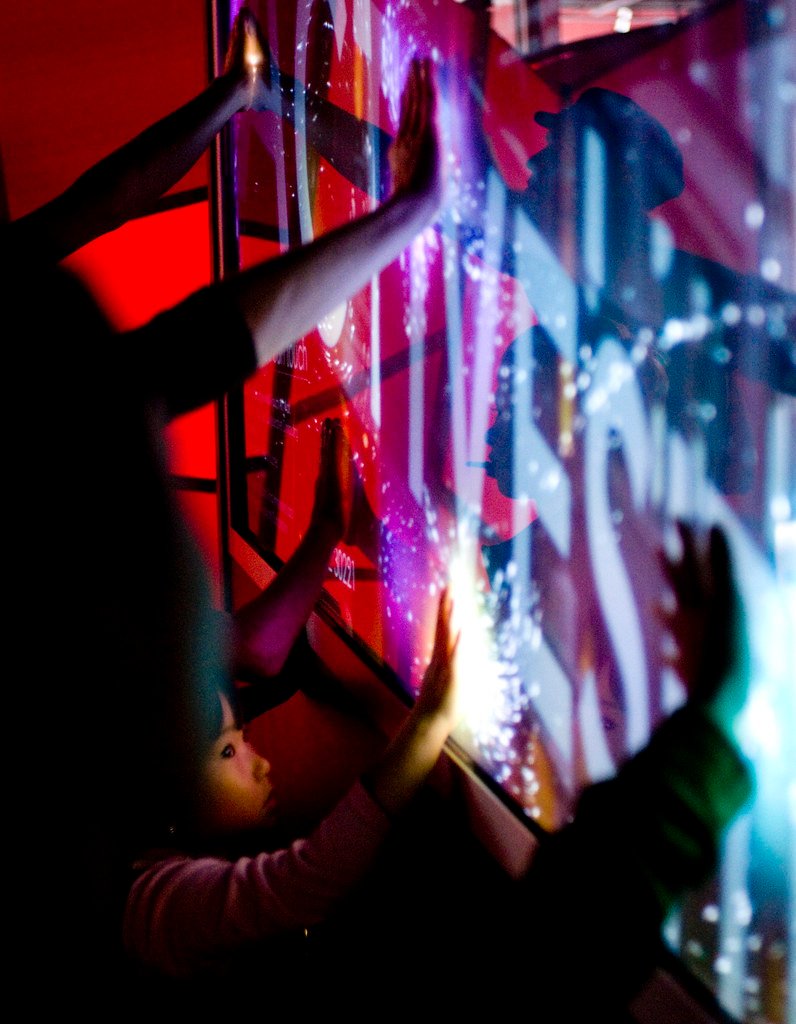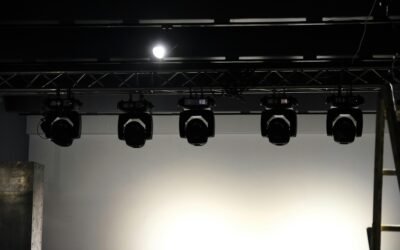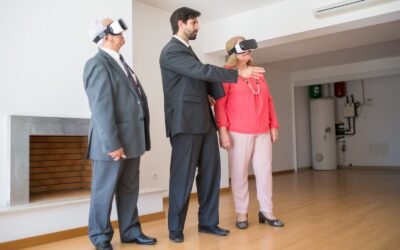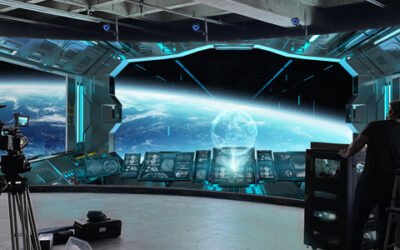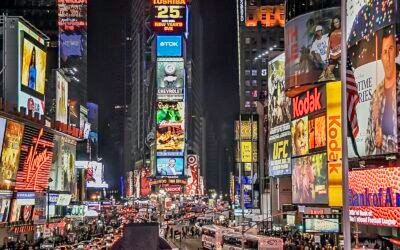Audio visual installations encompass a wide range of artistic and technological creations that combine sound and visual elements to create immersive experiences. Here are some examples of audio visual installations:
Projection Mapping
This technique involves projecting images or video onto three-dimensional objects or structures, such as buildings, sculptures, or stages. The visuals are precisely mapped to fit the contours of the object, creating an illusion of movement and transformation.
Interactive Installations
These installations invite viewer participation and response. For example, a motion sensor might trigger visual effects or sound when someone enters a specific area, or a touch-sensitive screen might allow users to manipulate visual elements or produce sounds.
Light and Sound Installations
These installations utilize synchronized lighting effects and soundscapes to create immersive environments. They often incorporate elements such as LED lights, lasers, and ambient music or audio compositions to evoke specific moods or atmospheres.
Multi-Channel Video Installations
These installations feature multiple video screens or projectors arranged in an intentional configuration. The videos may be synchronized or individually programmed to create a dynamic visual experience that surrounds the viewer.
Audiovisual Performances
These live performances blend music, sound, and visuals in real time. Artists use instruments, synthesizers, computers, and software to generate and manipulate sounds, while simultaneously controlling visual elements, such as projected visuals or live video feeds.
Virtual Reality (VR) and Augmented Reality (AR) Installations
These installations utilize VR headsets or AR devices to immerse viewers in digital worlds or overlay digital content onto the physical environment. Users can interact with virtual objects and experience audiovisual narratives in an interactive and often 3D space.
Immersive 360-Degree Environments
These installations surround viewers with visuals and sound in a 360-degree configuration. It can involve spherical projection screens, domes, or even virtual reality setups that transport viewers to other worlds or recreate real-world environments.
Kinetic Installations
These installations incorporate moving parts or robotic elements that respond to audio or visual input. They can include kinetic sculptures, installations with moving screens or panels, or installations where sound triggers mechanical movement.
Interactive Light Installations
These installations use light as the primary medium, often combined with interactive elements. They might include LED panels that respond to sound or motion, allowing viewers to control the intensity, color, or patterns of the light.
Audiovisual Sculptures
These installations merge sculpture and audiovisual elements to create unique and captivating experiences. They can feature sculptural forms that incorporate embedded screens, projections, or lighting effects, accompanied by sound or music.
Data Visualization Installations
These installations transform complex data sets into visual and auditory representations. They can involve real-time data streams or pre-recorded data, translating numbers, patterns, or information into visually stunning displays with accompanying soundscapes.
Site-Specific Installations
These installations are designed specifically for a particular location or environment. They consider the architecture, surroundings, and context of the space to create immersive experiences that harmonize with the site.
Audiovisual Exhibitions
These curated exhibitions feature a collection of audiovisual installations or artworks, often organized around a particular theme or concept. Visitors can explore a variety of installations, each offering a unique perspective on the interplay between sound and visuals.
Holographic Displays
These installations use holographic technology to create three-dimensional images or projections that appear to float in space. They can range from small-scale tabletop holograms to larger installations with life-sized or even larger-than-life holographic visuals.
Live Visual Mixing
This type of installation involves real-time mixing and manipulation of visuals during a live performance or event. Visual artists use software and hardware tools to manipulate video sources, create effects, and synchronize them with live music or other audio elements.

